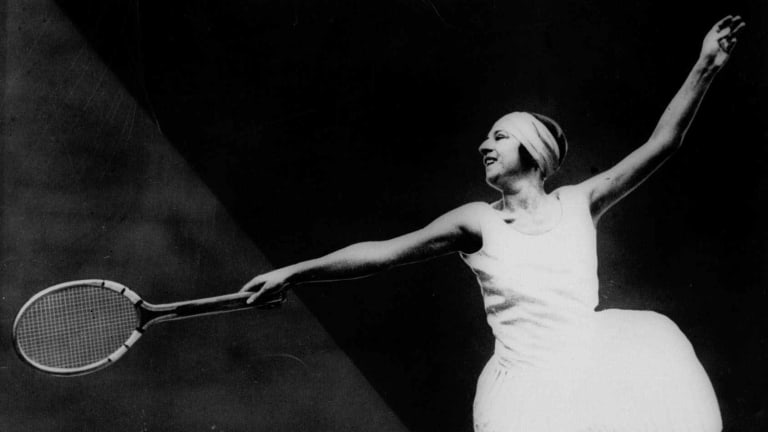Remembering Suzanne Lenglen, who—yes—never competed at Roland Garros
By May 24, 2020Your Game
Geared Up: Grigor Dimitrov continues to be a force with Wilson, Lacoste and Adidas
By Mar 23, 2025Lifestyle
Danielle Collins rescues injured dog "Crash" in Miami, plans to adopt him
By Mar 23, 2025Pick of the Day
Miami Open Betting Preview: Amanda Anisimova vs. Mirra Andreeva
By Mar 23, 2025Miami, USA
Iga Swiatek vs. Elise Mertens: Where to Watch, Miami Open Preview, Betting Odds
By Mar 23, 2025Miami, USA
Mirra Andreeva vs. Amanda Anisimova: Where to Watch, Miami Open Preview, Betting Odds
By Mar 23, 2025Miami, USA
Novak Djokovic vs. Camilo Ugo Carabelli: Where to Watch, Miami Open Preview, Betting Odds
By Mar 23, 2025Miami, USA
Mirra Andreeva, Novak Djokovic and Iga Swiatek all in action: Miami, Day 6 Preview
By Mar 23, 2025Social
Quote of the Day: What's on Coco Gauff's tennis wishlist, another major or the No. 1 ranking?
By Mar 23, 2025Your Game
Racquet Review: Babolat Pure Drive
By Mar 22, 2025Remembering Suzanne Lenglen, who—yes—never competed at Roland Garros
On what would have been the first day of the French Open, we celebrate the birthday of Suzanne Lenglen, tennis' original star attraction. Born in Paris in 1899, she died in the same city at just 39.
Published May 24, 2020
Advertising

Remembering Suzanne Lenglen, who—yes—never competed at Roland Garros
© ASSOCIATED PRESS
Advertising

Remembering Suzanne Lenglen, who—yes—never competed at Roland Garros
© Getty Images
Advertising

Remembering Suzanne Lenglen, who—yes—never competed at Roland Garros